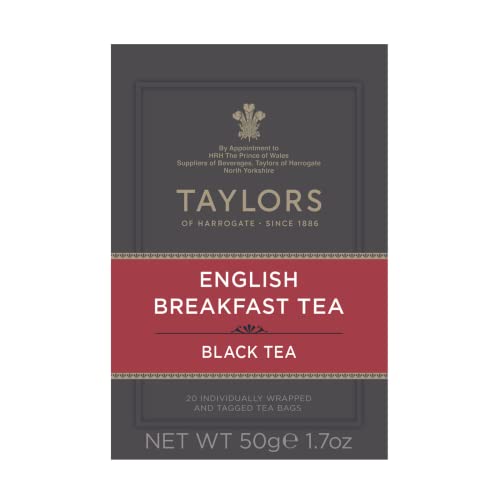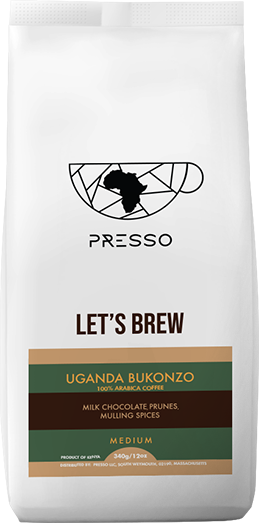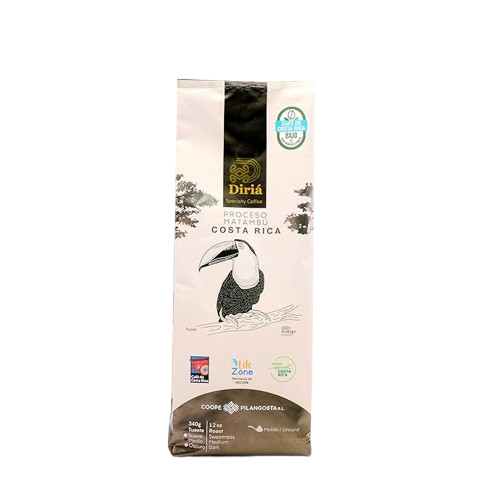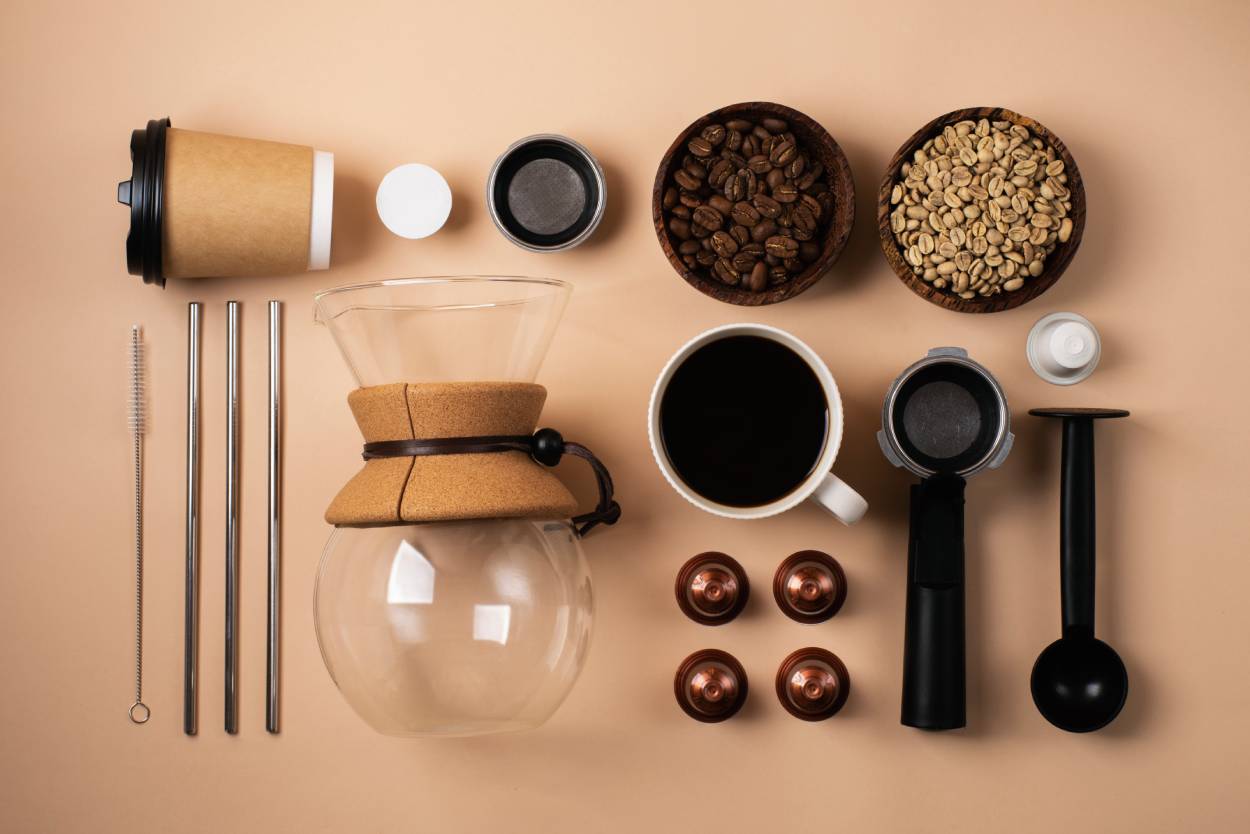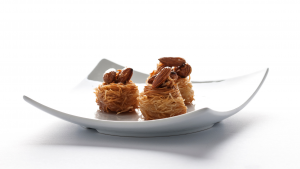
How Climate and Geography Shape Coffee Flavor: A Deep Dive into Coffee Terroir
How Climate and Geography Shape Coffee Flavor: A Deep Dive into Coffee Terroir
- Adam Smith
- 21-04-2025
- 29-07-2025
- 643 views
- Featured Articles

Coffee isn’t just about beans—it’s about where they come from. Just like wine, the flavor of your coffee is deeply influenced by its terroir—a French term that encapsulates the geography, climate, and soil conditions where crops are grown. In this blog, we’ll explore how the environmental factors of different coffee-growing regions directly affect the taste in your cup.
What is Coffee Terroir?
Terroir (pronounced “ter-wahr”) refers to the combination of factors including climate, soil, elevation, and farming techniques that influence the character of agricultural products. In coffee, terroir plays a significant role in defining the flavor notes, body, acidity, and aroma.
Climate: Temperature and Rainfall
Coffee plants are highly sensitive to changes in climate. The ideal temperature range for coffee growth is between 60–70°F (15–24°C). Too cold, and the beans develop slowly; too hot, and the flavors become muted. Rainfall is equally crucial. Consistent, moderate rainfall leads to steady development, while erratic patterns can result in uneven maturation and a mix of flavors.
Regions like Ethiopia and Colombia, with stable rainfall and moderate temperatures, often produce beans with complex and fruity flavor profiles.
Elevation: The Higher, The Better?
Altitude is a game changer in coffee production. Higher elevations (above 4,000 feet or 1,200 meters) typically mean cooler nights and slower bean development, which enhances acidity and flavor complexity.
- High-altitude coffees (e.g., from Kenya, Guatemala) often have bright, citrusy acidity and floral aromas.
- Lower-altitude coffees (e.g., from Brazil) may lean towards nutty, chocolaty notes with heavier body.
Soil Composition and Nutrients
The mineral content and pH level of soil influence how well coffee plants absorb nutrients. Volcanic soils, found in places like Hawaii and Indonesia, are rich in minerals and often yield coffee with bold, robust flavor profiles.
Farmers often add organic compost or practice crop rotation to naturally enhance soil quality, directly improving coffee taste.
Sunlight and Shade
Coffee grown under shade develops more slowly, allowing for deeper flavors and increased sugar content. Shade-grown coffees are also more environmentally sustainable and support biodiversity.
In contrast, full-sun plantations may produce beans faster but with less nuance in flavor. The balance of light and shade is an important factor many specialty farms carefully control.
Microclimates and Regional Identity
Microclimates are unique weather conditions within a small area, such as a valley or hillside, which can vary significantly even within the same country. This gives rise to regional differences that make one farm’s beans distinct from another just miles away.
For example:
- Yirgacheffe, Ethiopia – Known for delicate floral notes and tea-like body.
- Antigua, Guatemala – Famous for full-bodied coffee with a spicy, chocolatey profile.
- Sidamo, Ethiopia – Rich, wine-like coffees with berry undertones.
How Roasters and Baristas Respect Terroir
Specialty roasters often roast single-origin coffees lightly to preserve the terroir’s natural flavors. Baristas, too, may use specific brew methods (like pour-over or Chemex) to highlight terroir-based characteristics.
Understanding terroir helps professionals and consumers alike appreciate what makes each cup of coffee unique.
Conclusion: Taste the Land in Every Sip
Next time you drink a cup of coffee, think about the journey it took—from volcanic soil, misty hills, or rainforest valleys. Terroir is not just a fancy word; it’s the fingerprint of your coffee’s origin. Exploring different regions and roast levels can elevate your coffee appreciation and help you find your perfect brew.










